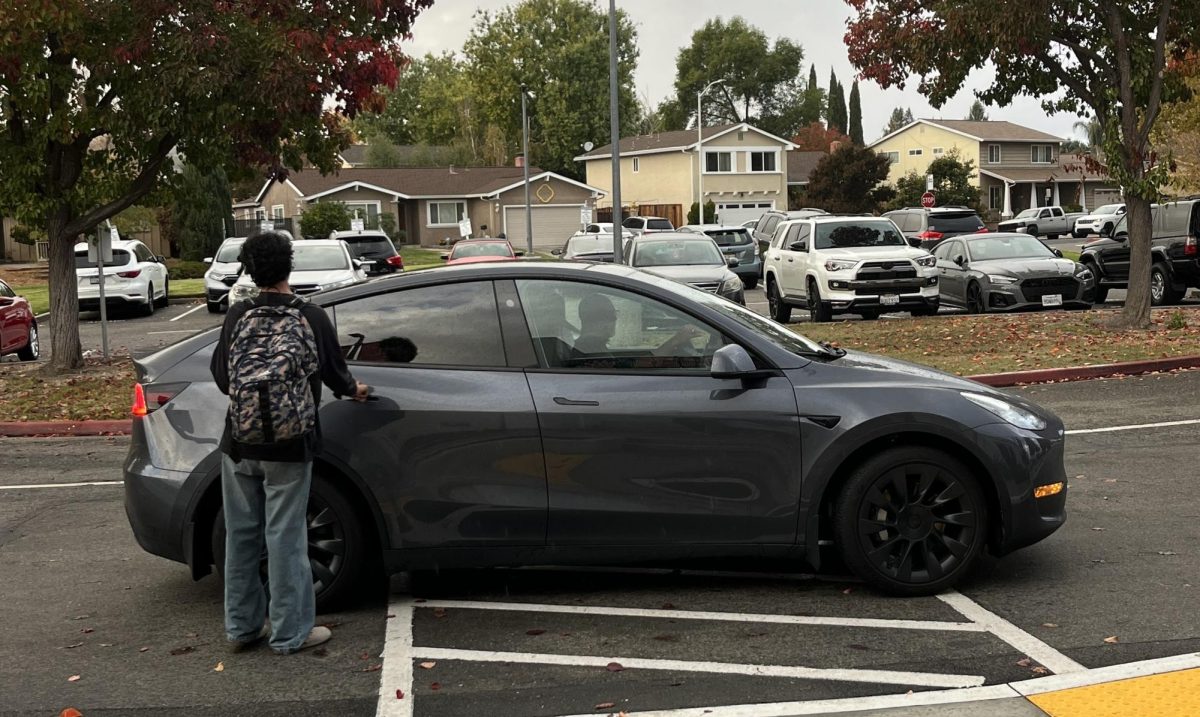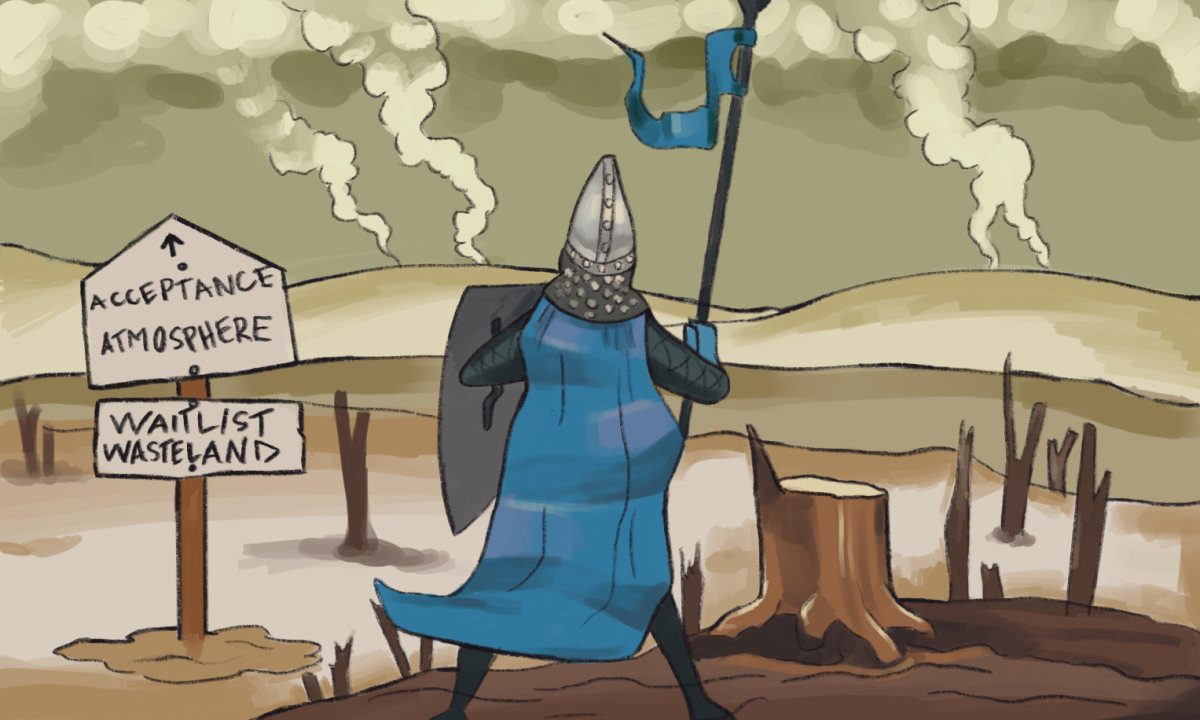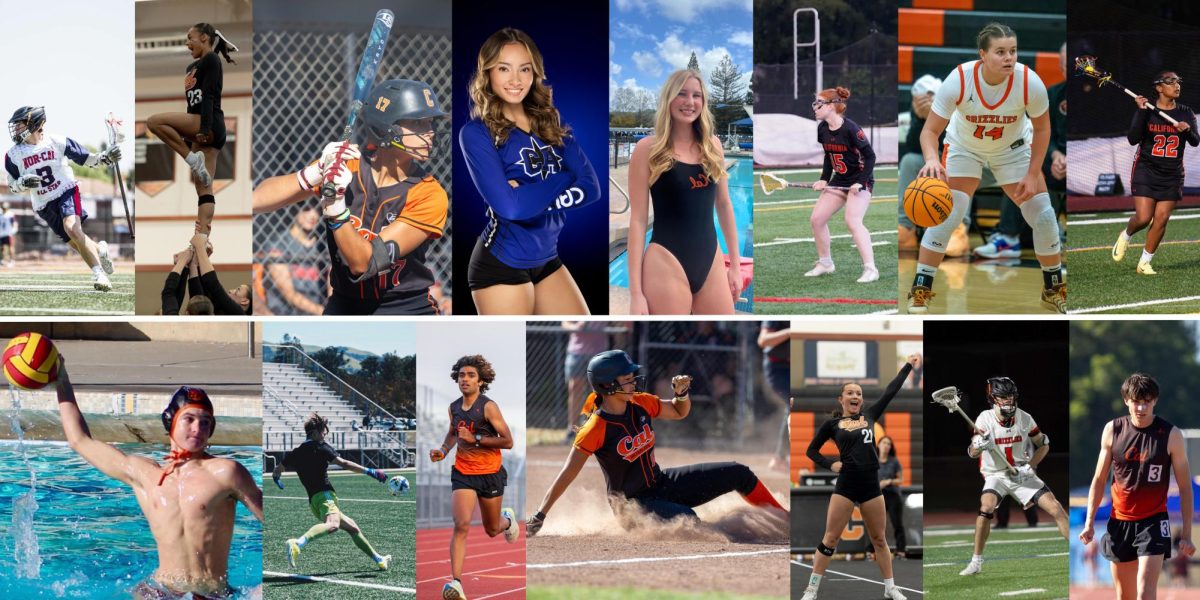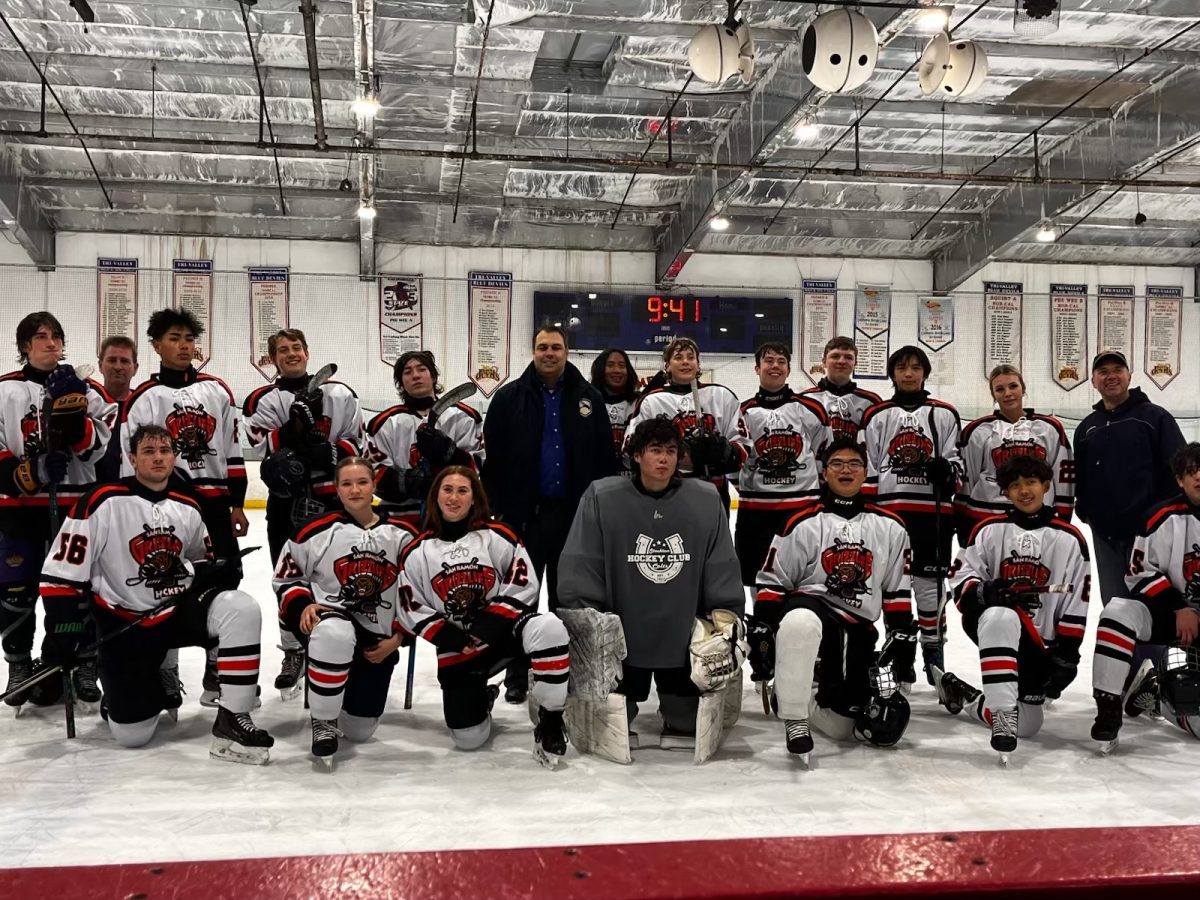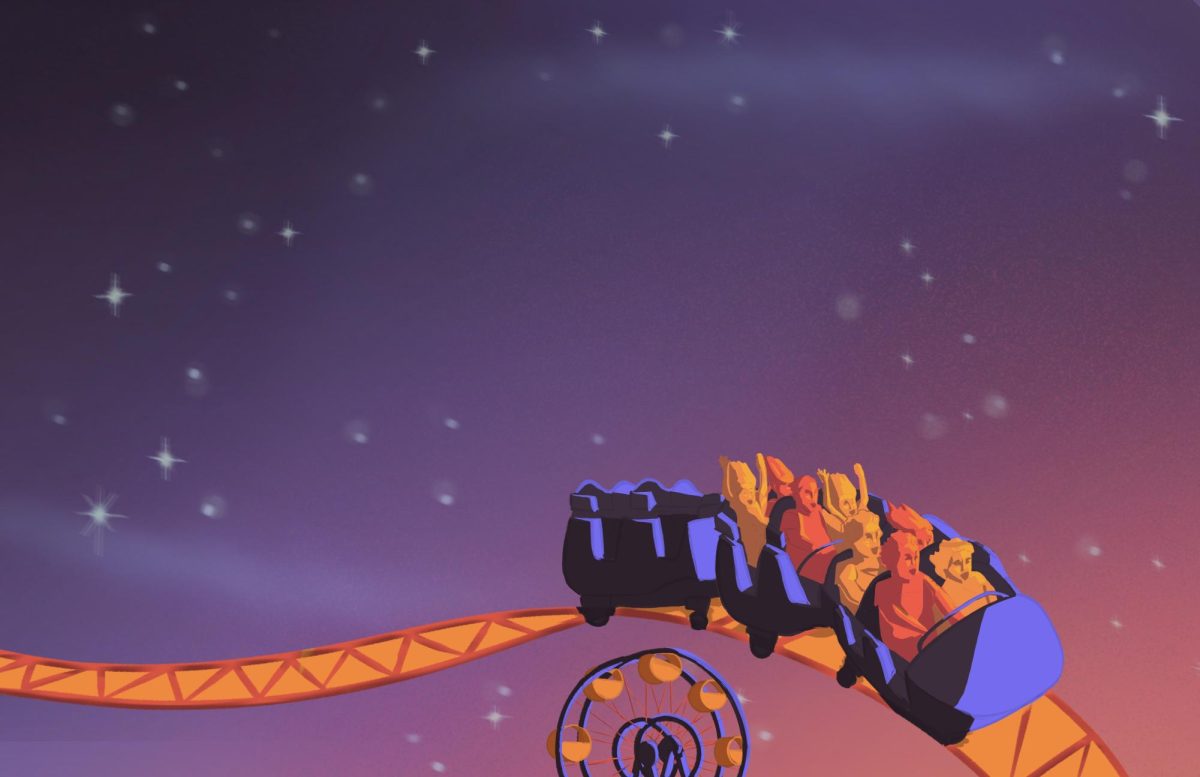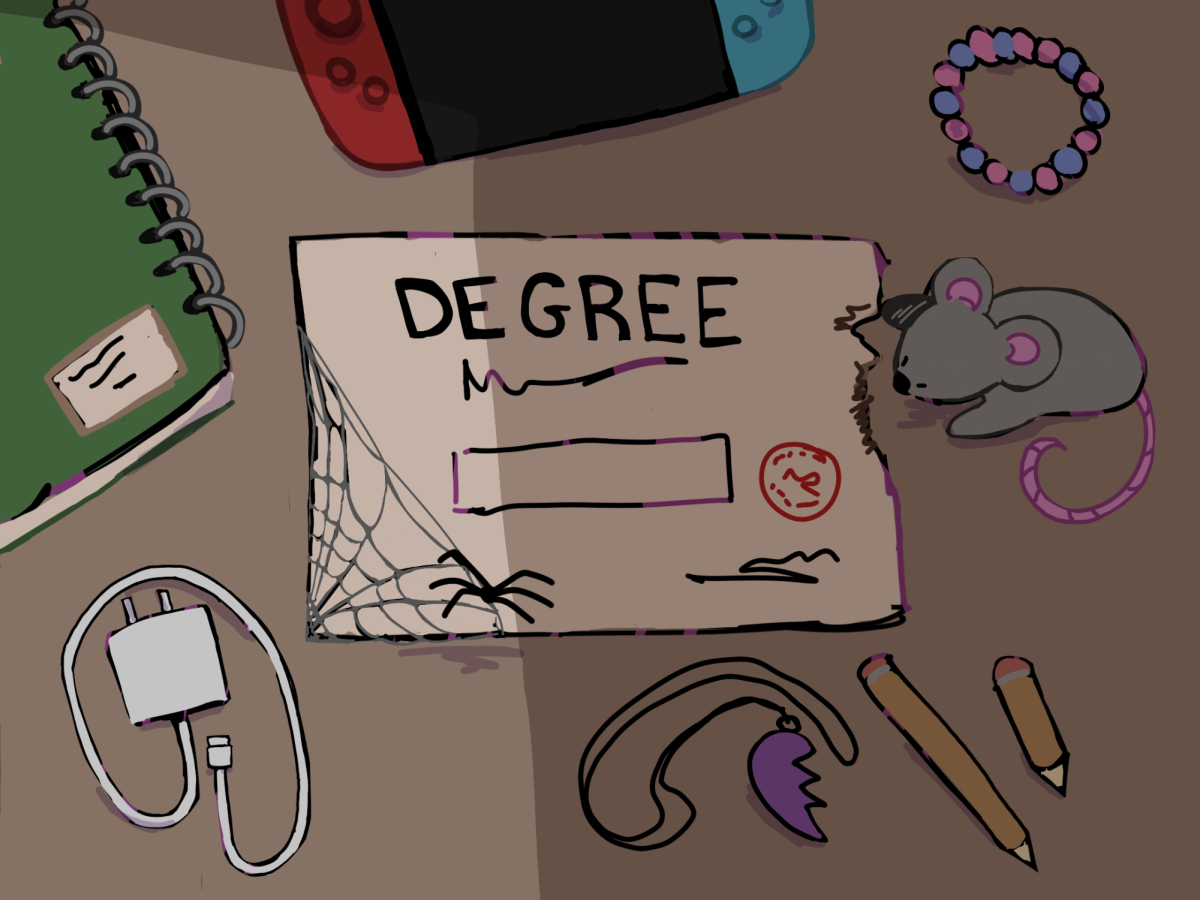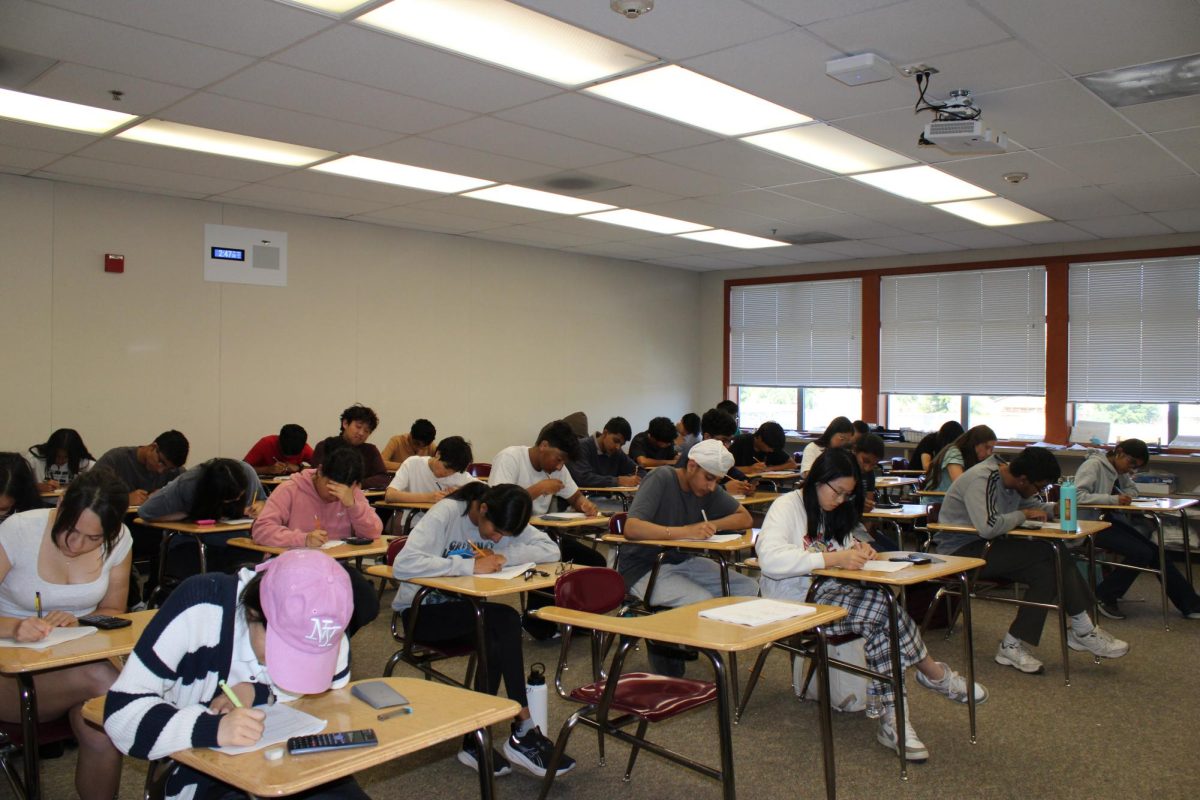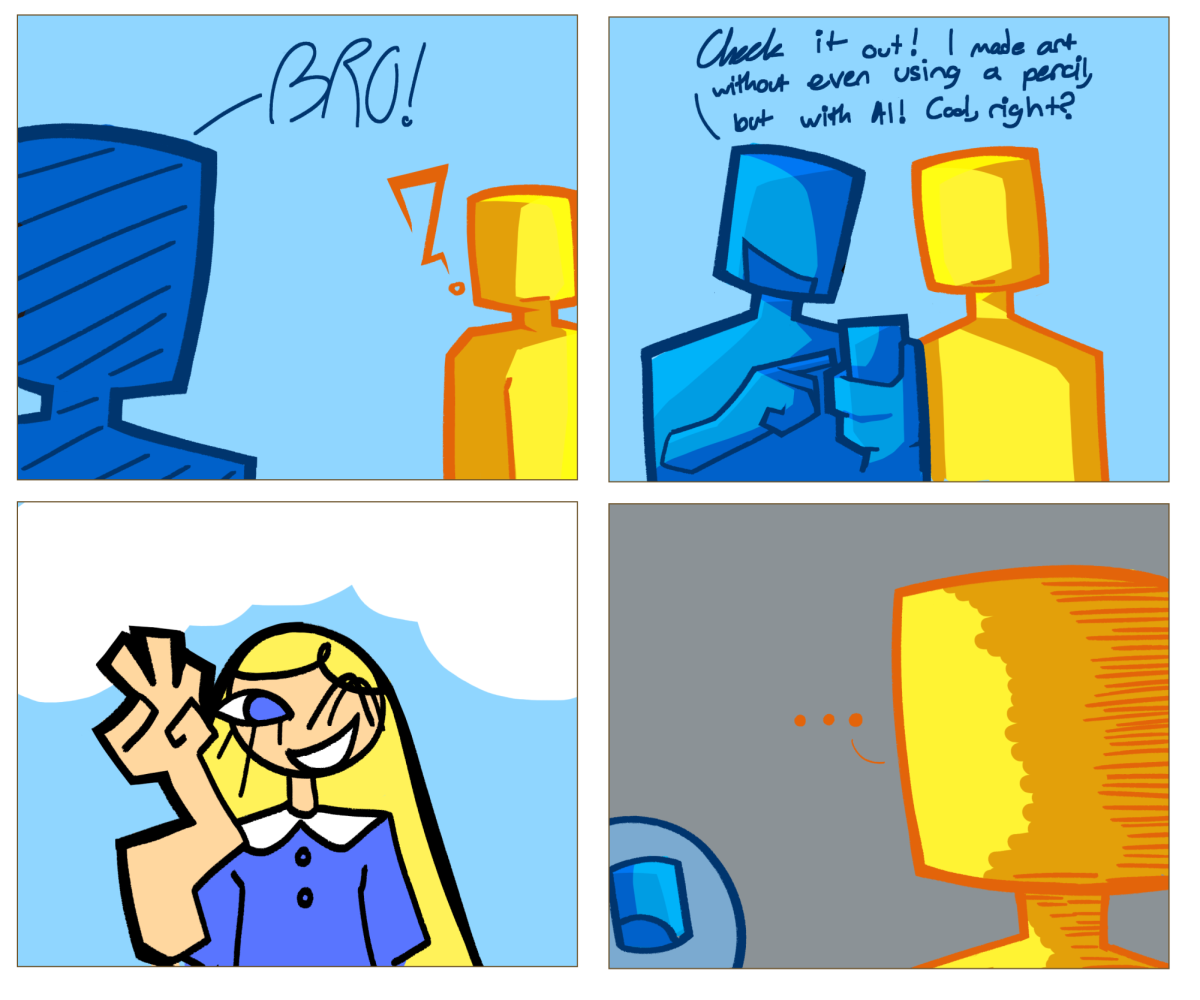A century ago, people who dreamt of self-driving cars would be stunned to see where the world’s technology is today.
But is Tesla’s autopilot really fulfilling humanity’s futuristic aspirations?
The obvious concern when it comes to autopilot is safety. But there’s also the idea of what will happen to us as a society.
Are we really unable to perform basic tasks for ourselves?
In a world that is already constantly robbing us of critical thinking skills and forcing an increasing amount of people into sedentary lifestyles, autopilot driving is doing the same.
As the brain becomes more fatigued and sluggish, a driver won’t be able to hit the brakes or steer around a sudden obstacle the same way they can without autopilot. When drivers get too used to complacency, it’ll be harder to actually spring into action during emergencies when manual driving is required.
Autopilot is also lending to a shift in how people think about their responsibilities, leaving technology to carry out simple tasks instead, which stops exercising both the mind and body.
Technology will never have the same reliability as humans. Even if an automated car passes all the required tests, there is a certain unpredictability with technology that will always risk danger.
According to the National Highway Traffic Safety Administration, Tesla’s autopilot feature has been involved in 13 fatal crashes to date. The Washington Post also found that there have been 476 crashes total since 2018, with the front of Tesla’s hitting avoidable objects in more than 200 of those.
The danger of self-driving automation is only heightened by Tesla’s methods of teaching their consumers how to use it.
Tesla owners are given a user manual, usually hundreds of pages long, of which only one portion is dedicated to autopilot. Most people wouldn’t even read two pages filled with what seems like useless instructions and legal nonsense.
But this is the only instruction explaining the self-driving feature, and completing the user manual isn’t even mandatory for Tesla drivers to use the vehicle. It’s impossible to verify if drivers actually read the manual.
This means that with millions of Tesla’s on the road daily, there is an overwhelming possibility of very few drivers having full knowledge of the autopilot capabilities in their car.
Occasional warnings or alerts on the dashboard behind the wheel or center touchscreen won’t stop drivers from misusing the autopilot system. While the technology is only intended for use on the highway, there’s nothing to stop drivers from using it wherever they choose.
Heavier cross traffic and unsuitable environments make it more likely for crashes to occur when drivers are using autopilot in areas that they’re not supposed to.
This over reliance on alerts is preventing Tesla from actually fixing core issues.
Seeing a kid cross the road or a car stopping unexpectedly would make any driver hit the brakes immediately. But looking at past Tesla cases, there is no doubt that the autopilot technology will steer the car right into a life altering crash.
The American Automobile Association, a non-profit, conducted a survey to gauge public opinion about self-driving cars. In it, 85% of respondents stated they wouldn’t use this type of vehicle to transport their loved ones. If we can’t trust the autopilot system with our friends and family, why should we subject each other to its danger on the daily?
If people are required to pass a test determining their ability to drive, then shouldn’t there be a similar system in place to filter out the misuse of autopilot?
While Tesla does have a policy that requires the driver’s hands to be on the wheel at all times while autopilot is on, that is not enough.
The National Institute of Health conducted more than 100 interviews of users of Tesla’s Full Self Driving (FSD) Beta and Autopilot modes. Drivers gradually became more and more overconfident and neglectful behind the wheel when using autopilot features. They stopped paying attention to their surroundings, began sleeping behind the wheel, and even learned to bypass the hands-on-wheel system by using weights instead.
Although the autopilot feature is beneficial for those with conditions that make driving difficult or impossible, that doesn’t mean it should be available to the public at large. With automatic convenience comes irresponsibility.
Owning self driving cars can help people that can’t drive have a greater sense of independence, gain employment more easily, and save money on taxi fares. Tesla’s autopilot should definitely be available to people who may need it to increase equality across society as a whole.
But there should be qualifications in place to ensure that only people with disabilities that can’t drive should be able to access autopilot. They’d need to go through some sort of program to prove their understanding of the system.
But others definitely shouldn’t have access to self-driving automation, at least not until the far future where it is 100% safe.
Living life on autopilot does sound like an appealing future, but it’s not realistic. Once Tesla and its drivers truly become aware of all the forethought and caution that goes into the autopilot function is when the idea of self-driving automation will finally become feasible.
Tesla’s autopilot is a safety risk to all
Yaalini Augustine, Staff Writer
December 13, 2024
Cal High student gets into their Tesla Model Y car at the front of the school. Tesla cars are very popular in the Bay Area.
More to Discover
About the Contributors

Yaalini Augustine, Staff Writer
Yaalini is an excited new member of The Californian. After wanting to join for the past few years, she is looking forward to finally exploring the world of journalism as a senior. Yaalini can easily be found at home trying and often failing new projects and crafts. Crocheting is one of her favorites, and this year she’s trying out sewing and mehendi. She also loves reading, kpop, and binging shows for way too long with her pet birds. Yaalini is eager to make the most of her last year of high school and enjoy it as much as she can.
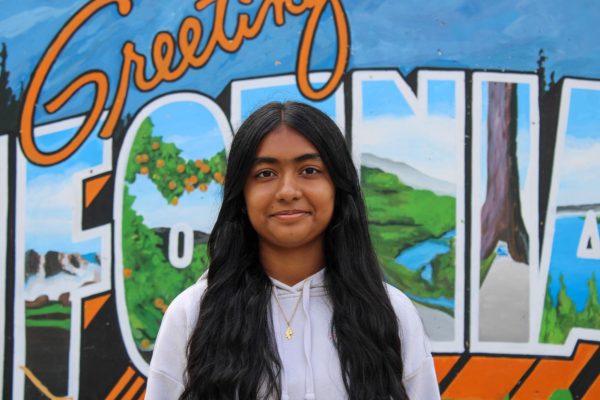
Swara Dongare, Staff Writer
Swara Dongare is a freshman entering Newspaper class as a staff writer. When she’s not on her phone you can find her in the kitchen, baking, it’s her favorite thing to do when bored. Swara also has a knack for sketching, particularly realistic drawings, since she hasn’t explored digital art just yet. This year she’s excited to make new friends, and avoid procrastination to get better grades (finger crossed). She joined Newspaper to learn more about journalism, take photos, and interview people, because why not add a little ”news flash” to her already sweet life?
